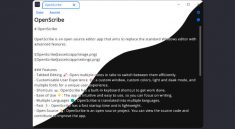Covid Tracker
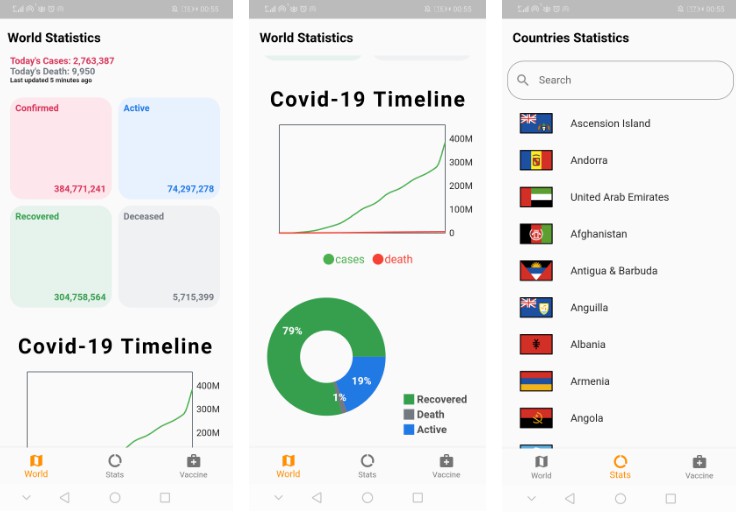
Architecture
The covid tracker app is used to demonstrate the use of MVVM architecture and clean architecture. The architecture of the app is like the following diagram:
To get more into specifics, in the application the Provider state management is used, therefore it is easy to implement the MVVM since the Provider has a class called ChangeNotifierProvider.
First we have the View, which can be any screen or widgets and the only function of the View is to show the data on the screen. Then we have the ViewModel classes which can extend the ChangeNotifier class or use it as a mixin, doing that will allow us to use the method notifyListener() which will notify the ChangeNotifierProviders for any change, so the ViewModel here does not have access to the View instead when notifyListener() is called, all the objects that are subscribed will be notified of the changes. So this is like the observer pattern.
Then we go to the Model part but before explaining that, in the application also I’m using the package get_it which is a service locator which means you would have a central registry where you can register the classes and then obtain an instance of those class. Therefore, since I don’t want the ViewModel classes to know the implementation used in the Repository then I use an abstract class and using the get_it package I can register the implementation class. But the ViewModel classes will always depend on the abstraction instead of the implementation and this will make it easier if you want to change the implementation later on. For example inside the VaccinationViewModel:
final VaccinationViewRepository _repository = locator<VaccinationViewRepository>();
Here, the class registered is VaccincationViewRepositoryImpl inside service_locator.dart but the VaccinationViewModel will have a dependency on VaccinationViewRepository thus implementing the ‘D’ part in SOLID principles.
Therefore the ViewModel class will call the Repository which will also call the Service classes, in my case here I used retrofit which will lead to many generated files but you can just use Dio instead of retrofit. When the data is obtained, it is then returned through each layer from the Service classes until the ViewModel which calls notifyListener() to notify the View of the changes.
Finally, I seperated the files by feature instead of adding all the ViewModel under a folder called ViewModel and all the Services under a folder called Services… this way it will be easier for navigation.
The API that is used in the application can be found here: https://disease.sh/docs/
Screens
| World Stats Screen 1 | World Stats Screen 2 | Search Screen 1 |
|---|---|---|
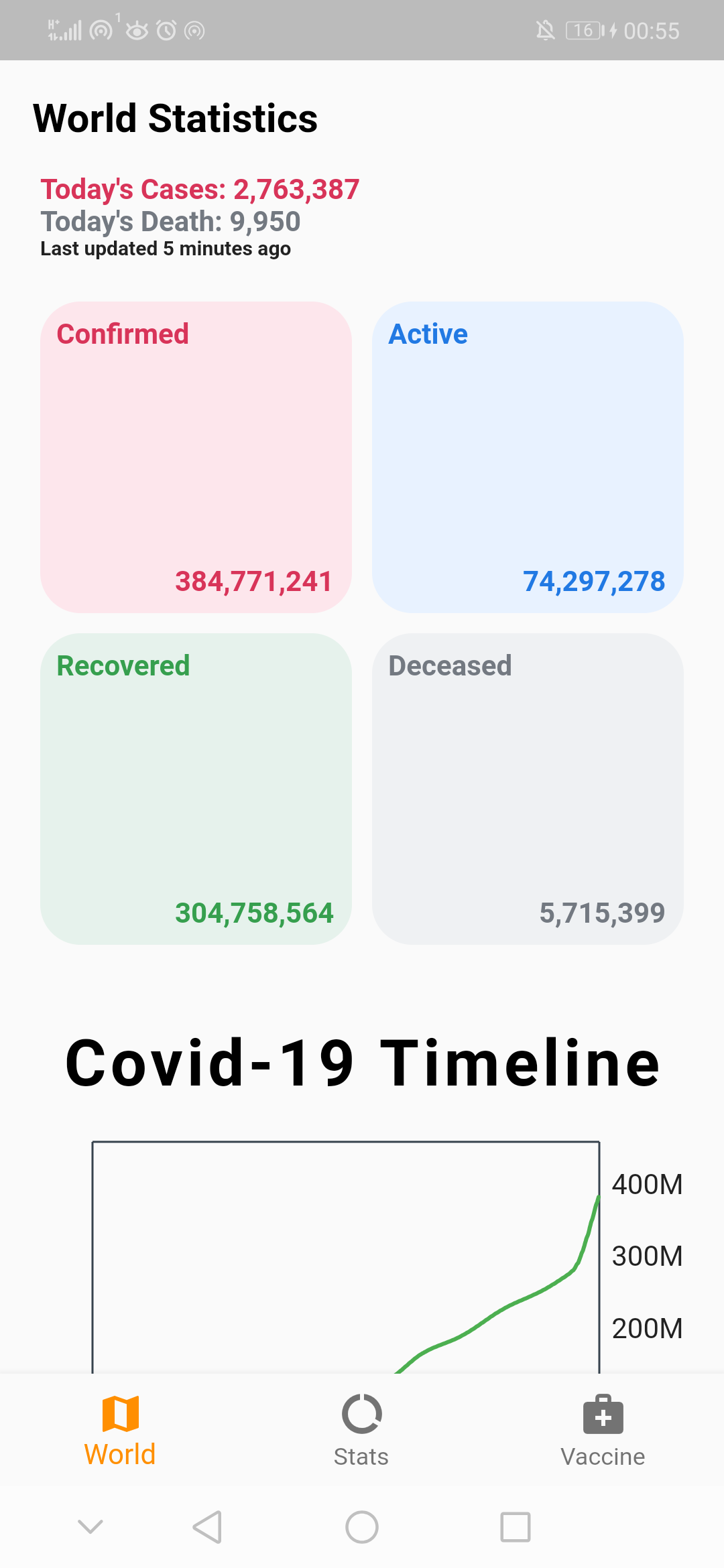 |
 |
 |
| Search Screen 2 | Country Stats Screen | Vaccine Screen |
|---|---|---|
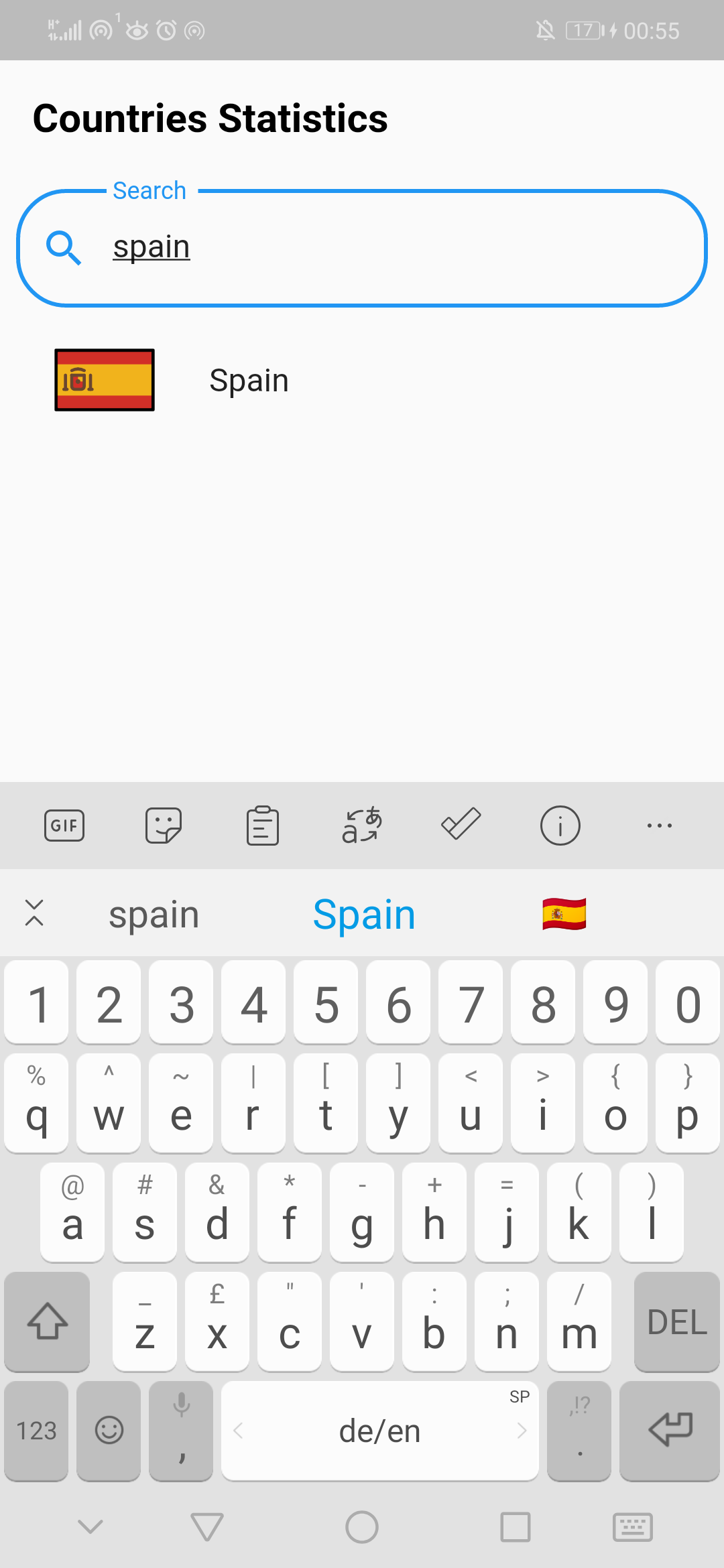 |
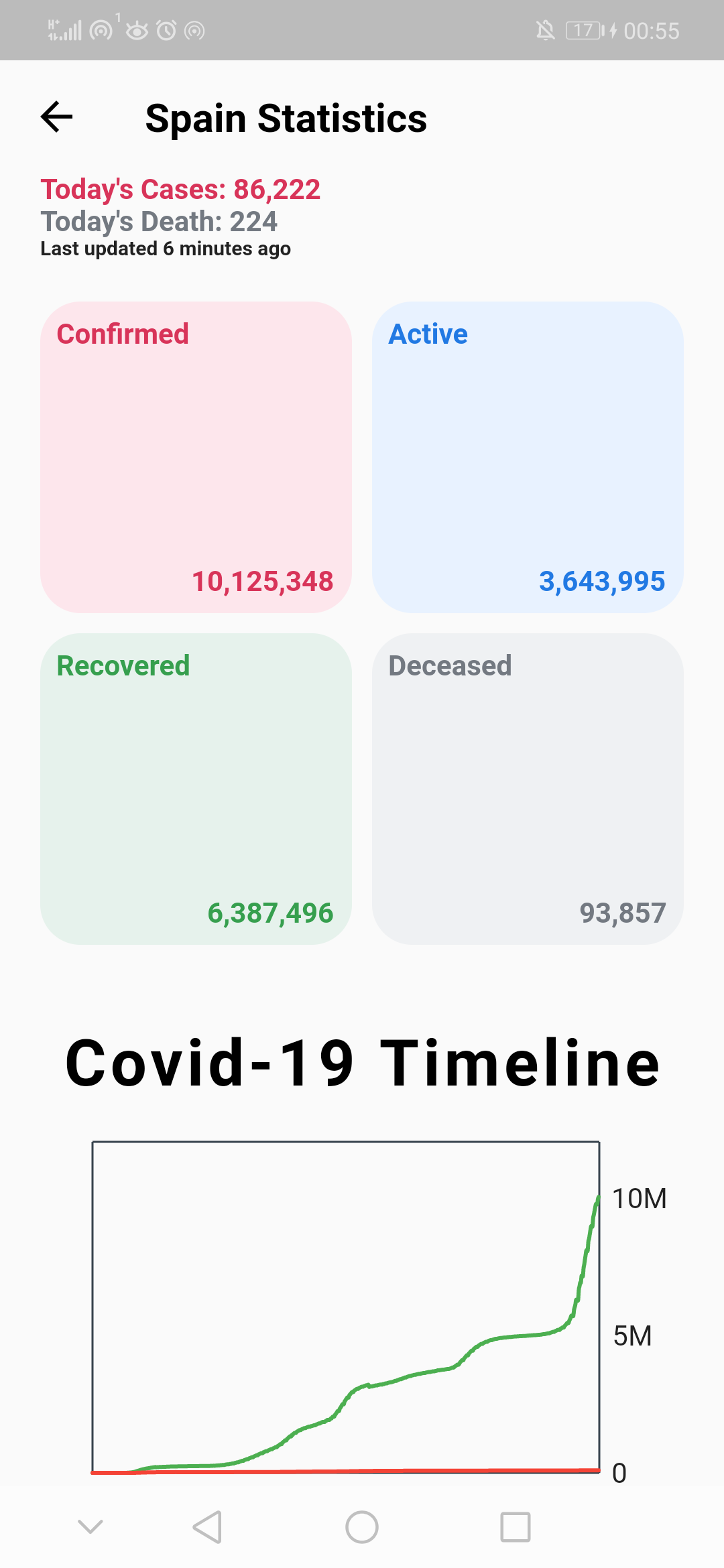 |
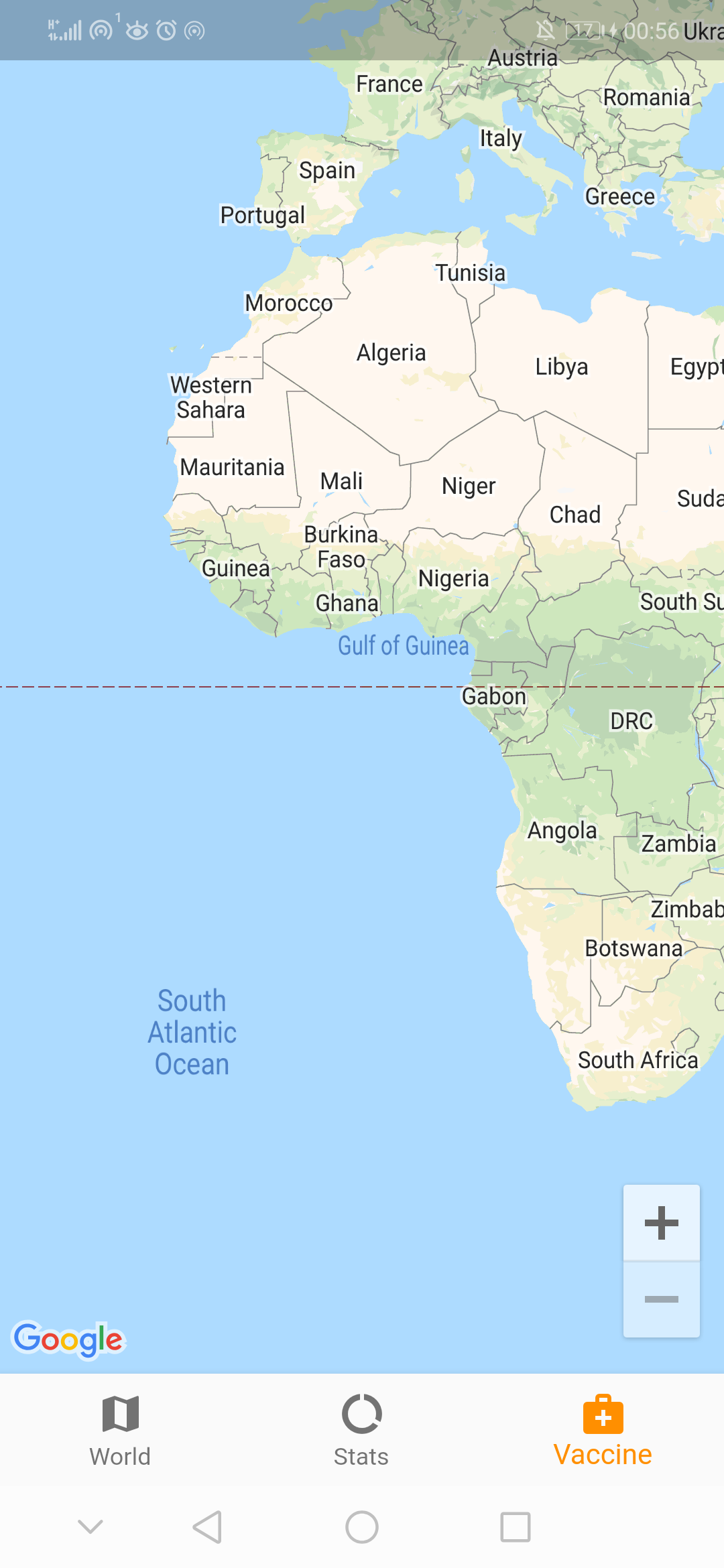 |
| Country Stats Screen 2 |
|---|
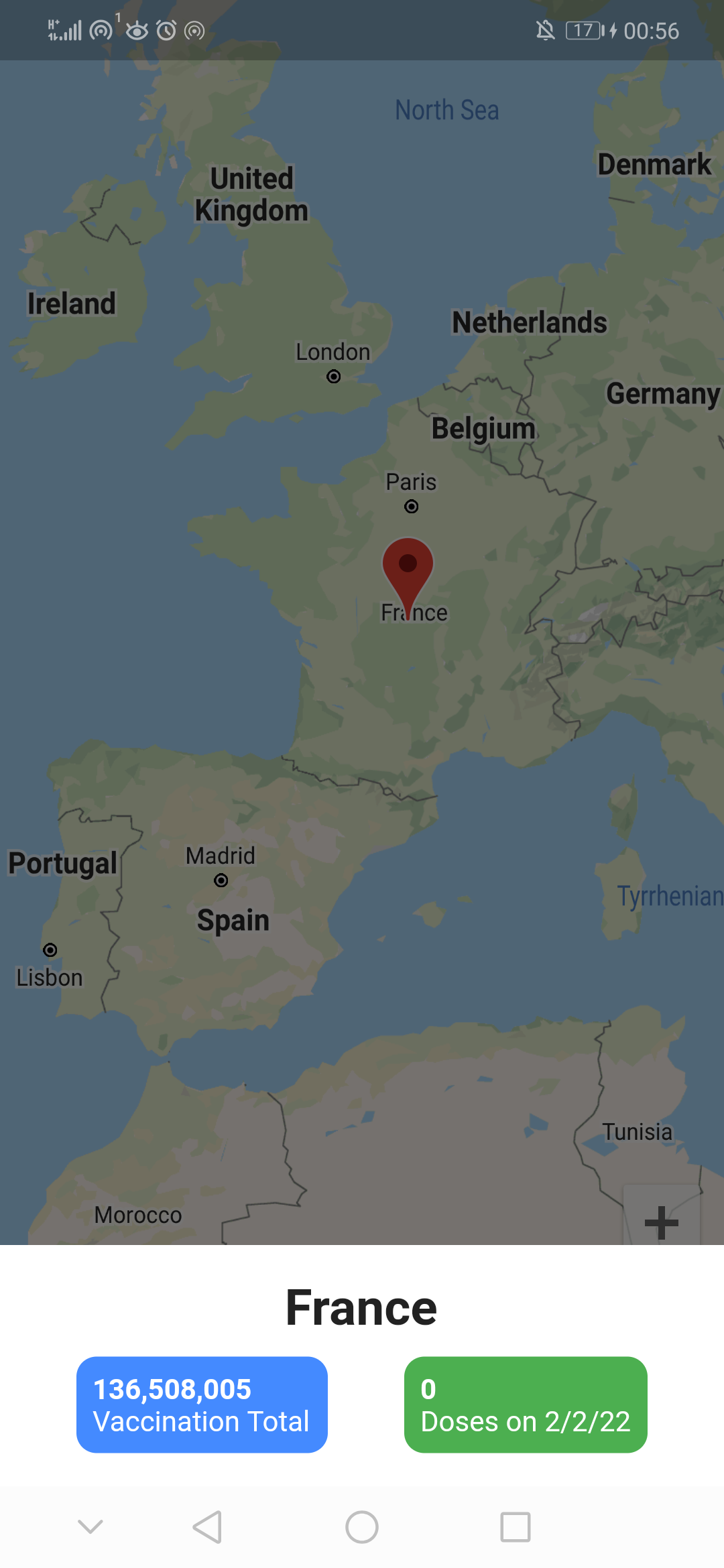 |
How To Run
If you fork the project, then all you have to do is download the dependencies first which you can by executing the command:
flutter pub get
And then execute:
flutter pub run build_runner build
To generate all the auto-generated files.
Also since Google maps is used, then you need to get an API key to add it to the Android_manifest.xml file. For example:
<application
....
<meta-data android:name="com.google.android.geo.API_KEY"
android:value="API_KEY_HERE"/>
....
</application>
License
Licensed under the MIT License.
Helpful Articles
Provider Implementation Guide
Using GetIt in Flutter
Making Sense of all those Flutter Providers
Clean Architecture for the rest of us
Using Provider in Flutter
Support!
Support the repository by joining the stargazers for this repo ⭐
Created & Maintained By
If you found this project helpful or you learned something from the tutorials and want to thank me, consider buying me a cup of ☕






